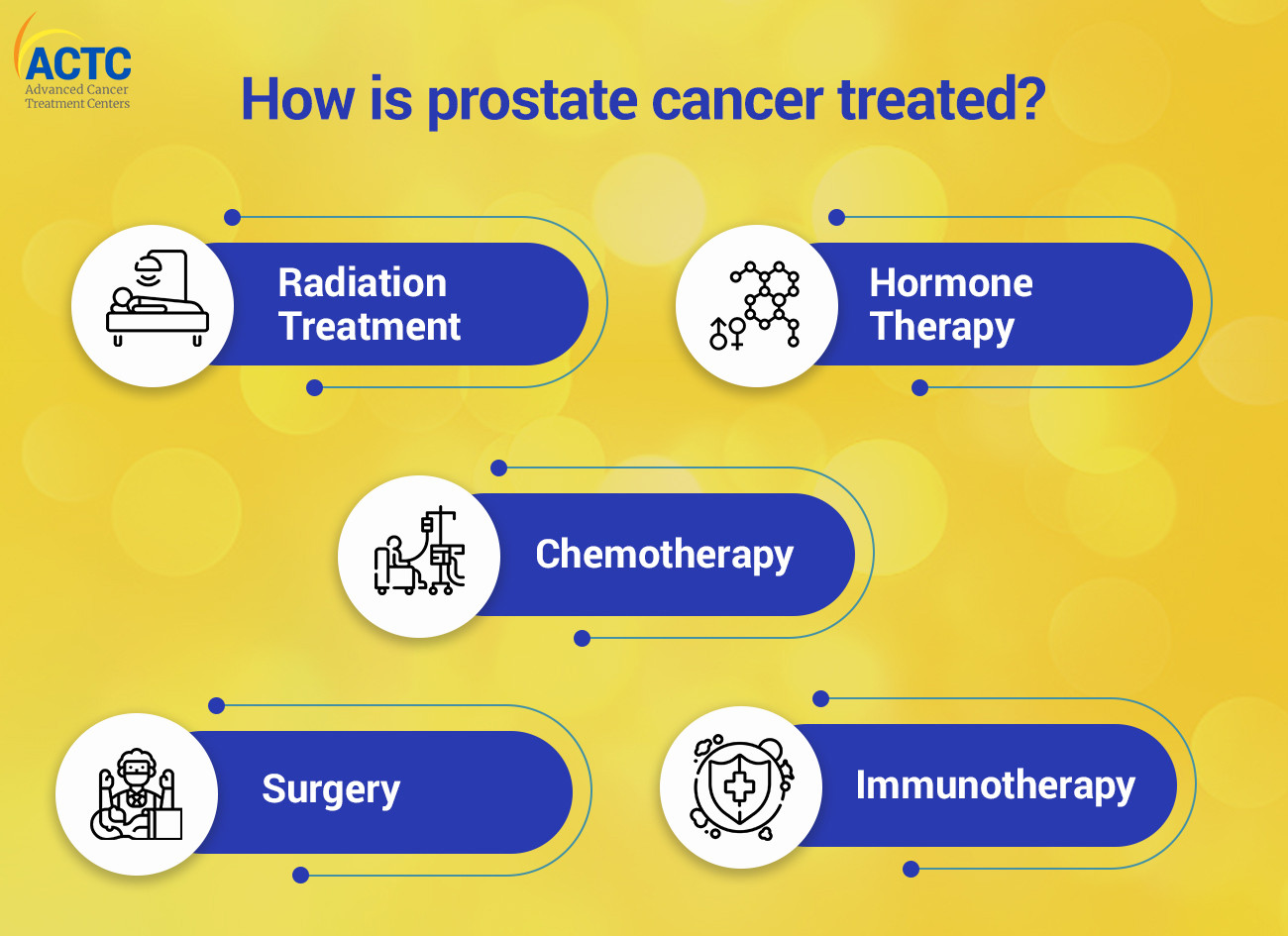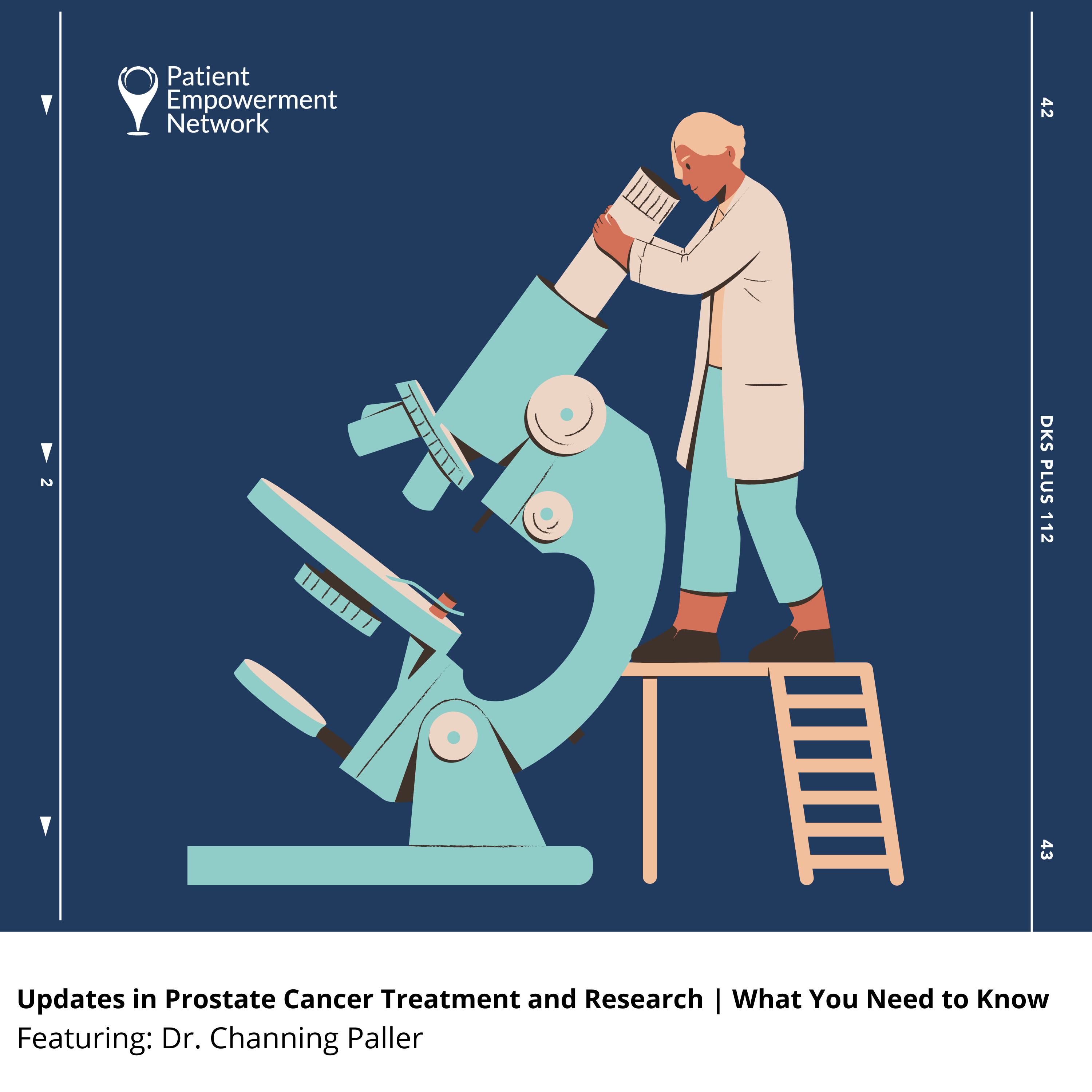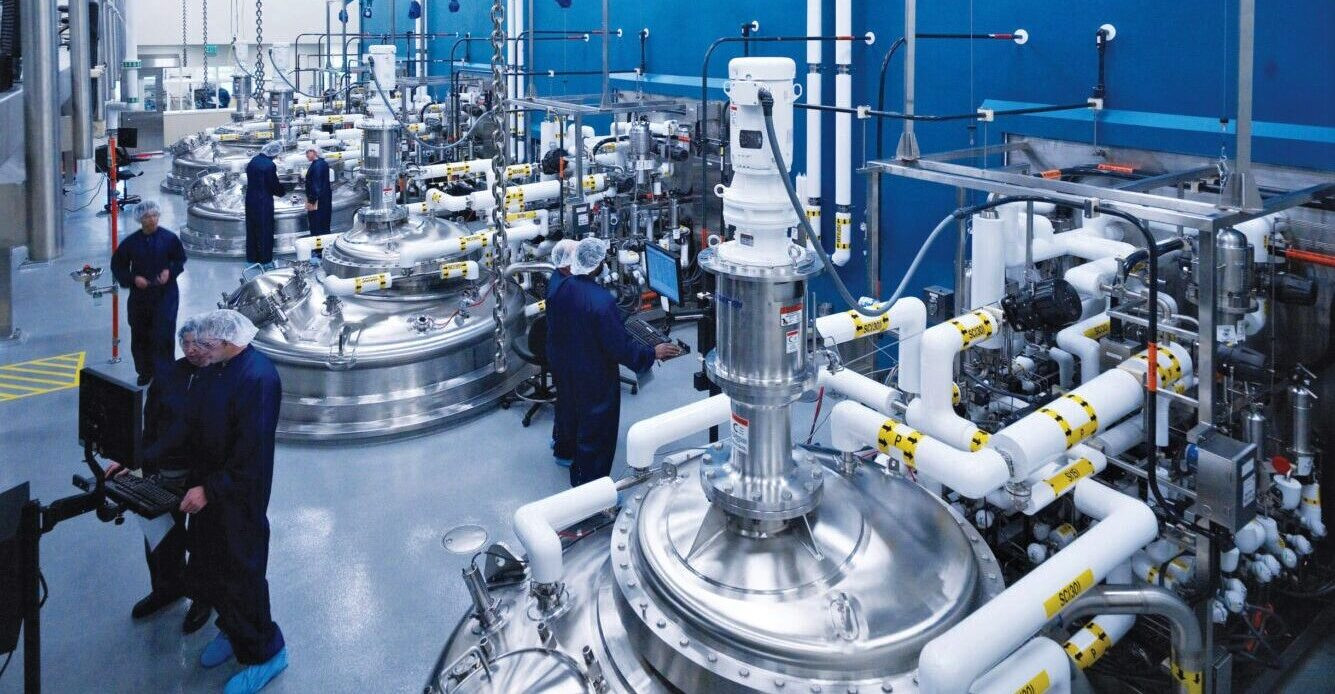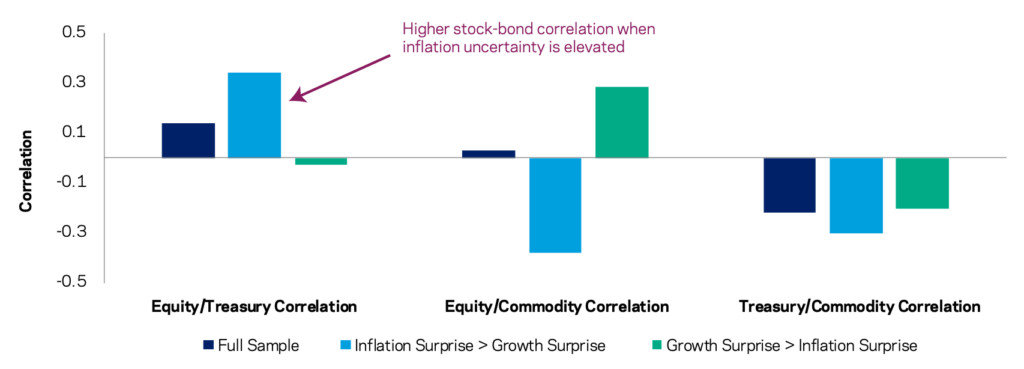A Booming Market Driven by Rising Prevalence and Advancements in Treatment
The global prostate cancer treatment market is experiencing robust growth, driven by a confluence of factors. The rising prevalence of prostate cancer, coupled with advancements in treatment modalities, is propelling this market forward. Experts estimate that the market will reach a staggering $10 billion by 2027, representing a significant increase from its current size. This growth is anticipated to be fueled by a number of key factors, including an aging population, increased awareness of prostate cancer, and a surge in the adoption of innovative treatments.
Key Drivers Shaping the Prostate Cancer Treatment Market
Aging Population: A Growing Concern
Prostate cancer is primarily a disease of older men, and as the global population ages, the number of men diagnosed with the disease is expected to rise. This trend is particularly pronounced in developed countries with aging populations. The United States, for example, is projected to have a significant increase in prostate cancer cases over the next decade.
Increased Awareness and Early Detection
Greater awareness of prostate cancer has led to earlier detection and diagnosis. Early detection allows for more effective treatment options and potentially improves outcomes. Public health campaigns and initiatives have played a crucial role in raising awareness and encouraging men to undergo regular screenings.
Advancements in Treatment Modalities
The development of new and innovative treatments has significantly impacted the prostate cancer treatment market. Emerging therapies, such as immunotherapy and targeted therapy, offer promising results and are expected to play a crucial role in shaping the market landscape. These advancements provide clinicians with a wider range of treatment options tailored to individual patient needs.
Emerging Trends Reshaping the Market
Personalized Medicine: A Tailored Approach
Personalized medicine, which aims to provide treatments tailored to an individual's genetic makeup, is becoming increasingly prevalent in the field of cancer treatment. Genetic testing allows for a more precise diagnosis and the identification of specific targets for treatment. This personalized approach is revolutionizing prostate cancer care by enhancing treatment efficacy and reducing side effects.
Digital Health: Empowering Patients and Healthcare Providers
Digital health technologies are transforming the healthcare landscape, including prostate cancer treatment. Telemedicine platforms facilitate remote consultations and monitoring, enhancing patient access to care. Digital health tools also enable patients to track their progress and manage their treatment plans, empowering them to take a more active role in their healthcare.
Focus on Minimally Invasive Procedures
There is a growing focus on minimally invasive procedures in prostate cancer treatment. These procedures offer numerous advantages over traditional surgery, including shorter recovery times, reduced pain, and fewer complications. Robotic-assisted surgery, for example, is gaining popularity for prostate cancer treatment due to its precision and minimally invasive nature.
Challenges Facing the Prostate Cancer Treatment Market
Cost of Treatment: A Major Barrier
The high cost of prostate cancer treatment poses a significant challenge, particularly for patients without access to adequate insurance coverage. Innovative therapies, such as immunotherapy, can be particularly expensive, making them inaccessible to many patients. This cost barrier hinders widespread access to advanced treatment options, highlighting the need for affordable solutions.
Side Effects: A Common Concern
Treatment for prostate cancer can often lead to side effects, such as urinary incontinence and erectile dysfunction. These side effects can significantly impact a patient's quality of life, and managing them effectively is crucial. Ongoing research and development are focused on reducing the incidence and severity of side effects associated with prostate cancer treatment.
Access to Care: A Global Disparity
Access to quality prostate cancer care varies significantly across the globe. In many low- and middle-income countries, access to diagnosis and treatment is limited due to inadequate healthcare infrastructure and financial constraints. Bridging the gap in access to care is essential to ensure equitable treatment for all patients.
Looking Ahead: The Future of Prostate Cancer Treatment
The prostate cancer treatment market is poised for continued growth and innovation. Advancements in immunotherapy, targeted therapy, and precision medicine are expected to revolutionize the field. The focus on personalized care, digital health technologies, and minimally invasive procedures will further shape the market landscape. However, addressing the challenges of cost, side effects, and access to care remains crucial to ensure that the benefits of these advancements reach all patients.
The Path Forward: Addressing the Challenges and Embracing the Opportunities
The future of prostate cancer treatment is promising, but it requires a concerted effort to address the challenges and embrace the opportunities. Continued research and development, coupled with improved access to care and affordable treatment options, are essential to ensure that all men diagnosed with prostate cancer have access to the best possible treatment. By working together, healthcare professionals, researchers, and policymakers can create a future where prostate cancer is effectively managed and treated.


















